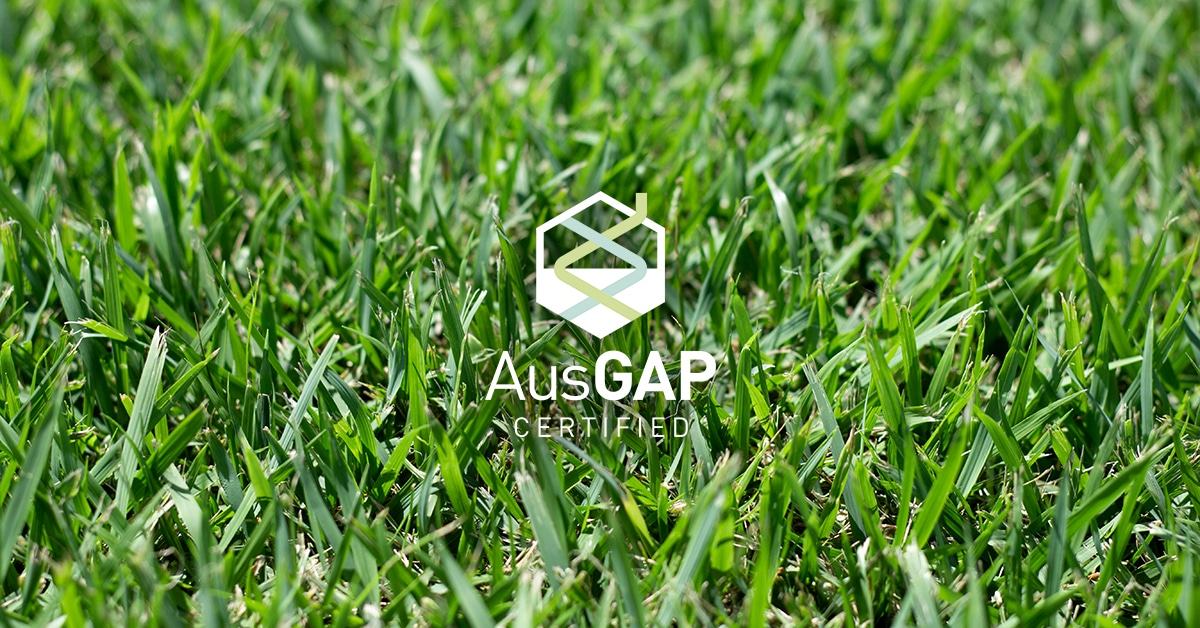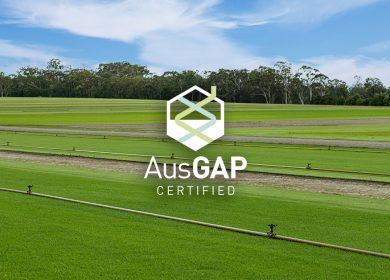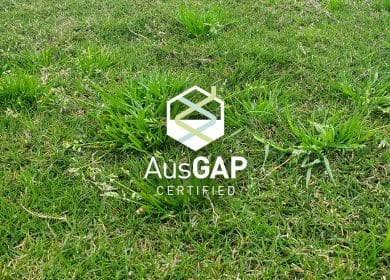Why are warm season grasses more sustainable for the Australian climate?

Warm season grass varieties dominate the Australian market being a favourite choice, but why? Australia can be a country of weather extremes, and this has certainly been experienced over the last few years. When choosing a turfgrass variety you want to be sure it will be suited to the wide range of climates experienced in Australia. Warm season turfgrass varieties have proven to be more environmentally sustainable than cool season grasses as well as more adaptable nationwide. Read on to find out more about why warm season turfgrasses are more sustainable and environmentally friendly for the Australian climate compared to cool season turfgrasses.
Warm season grasses are also known as C4 and cool season grasses are also known as C3. This refers to how C3 and C4 plants differ in the leaf structure and enzymes used to carry out photosynthesis. These differences are important with respect to their optimal growing conditions, nitrogen, and water-use efficiency.
What are warm season turfgrasses?
Warm season or C4 grasses are a group of grass species that thrive in warm, tropical, and subtropical climates. Common warm season varieties to Australia include zoysia, couch (bermuda), buffalo, and kikuyu. Warm season turfgrasses tend to have deeper root systems than cool season grasses. This allows them to access nutrients and water deeper in the soil. This ability to have deeper access means that these varieties are more drought tolerant, require less input, recover faster, and have the ability to self-repair. Additionally, they are more efficient at gathering carbon dioxide and recycling nitrogen in the soil.
What are cool season turfgrasses?
Cool season or C3 grasses are adapted to cooler climates with high rainfall. Common cool season turfgrasses are perennial ryegrass, kentucky bluegrass, and tall fescue. Due to their lack of tolerance for medium to high temperatures they aren’t widely sold in Australia. Cool season grasses differ from warm season grasses in their root network. Cool season grasses are grown from seed and germination rates will vary depending on harvest, age, and yield. This also effects their ability to self-repair making it difficult to patch areas without further seeding or turf replacement. Cool season grasses do serve a purpose in Australia as some regions do not reach temperatures that would meet warm season grass needs. Additionally, it is common for sports fields to oversow their warm season grasses with a C4 variety to maintain optimal colour year round.
Why are warm season turfgrasses more common in Australia?
Water-Efficiency:
One of the biggest advantages of warm season turfgrasses is their water-efficiency. Warm season grasses are well-suited for hot, dry conditions and conserve water better than cool season grasses. They conserve water by going dormant during periods of drought and then resuming growth when water is available. This reduces the amount of water required for irrigation, which can save both water and energy. On the other hand, cool season grasses are more susceptible to drought stress and require more frequent watering to maintain their appearance which can be difficult to maintain during water restrictions and drought.
Less Maintenance:
Another reason warm season grasses are more environmentally sustainable is that they require less maintenance than cool season grasses. Warm season grasses are less susceptible to diseases and pests, which means they require fewer pesticides and fungicides. Cool season grasses, on the other hand, can require more frequent mowing due to faster growth rates which can increase their carbon footprint and energy consumption. While, there are slow growing warm season options like Sir Grange that require less input, saving time, energy, and resources.
Adaptability:
Warm season grasses are also more environmentally sustainable because they are better adapted to hot, dry growing seasons. Additionally, newly developed warm season grasses are able to hold great winter colour. They are able to conserve water better, require less maintenance, and require fewer inputs of fertiliser than cool-season grasses. In contrast, cool-season grasses are less adapted to hot, dry growing seasons and are more susceptible to drought, diseases, and pests. This is widely dependent on region as some cooler climates in Australia find benefit in oversowing during winter.
Research and Development:
Research is continuously being done to find new and improved turfgrass varieties. With these improvements warm season grasses are seeing better winter colour and better frost tolerance making new cultivars push further into the transitional zone than any other warm season grass before. For example, TifTuf Hybrid Bermuda the only couch variety certified by AusGAP, spent over 30 years in research and development.
When choosing a turfgrass for your landscape, it’s important to consider the climate and growing conditions of your area, as well as your specific needs. Whether you are looking for a lawn for your home, a durable sports field, or a golf course, there is a warm season turfgrass that is both environmentally sustainable and well-suited to your needs.


